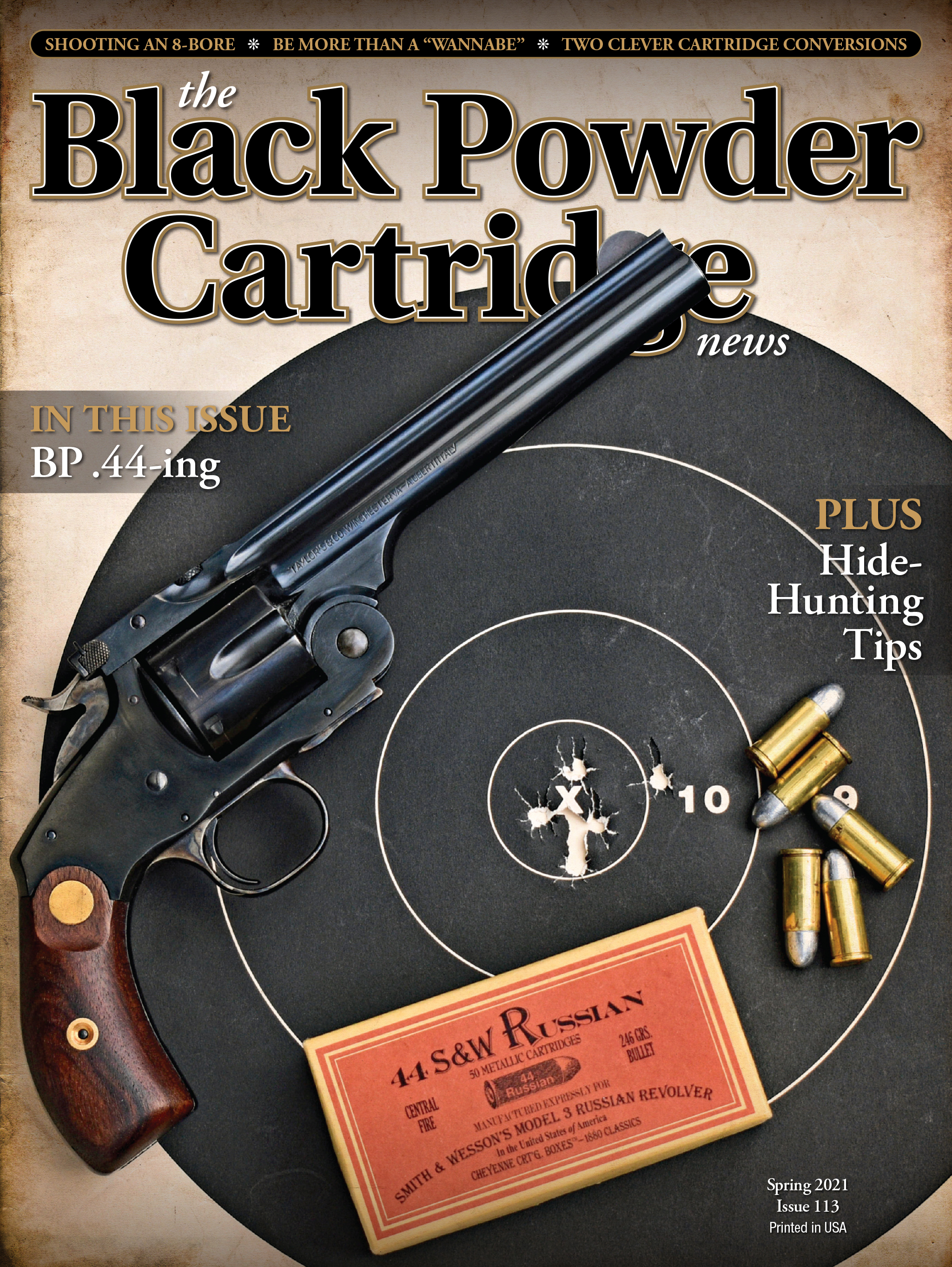Two Clever Cartridge Conversions
feature By: Miles Gilbert | February, 21
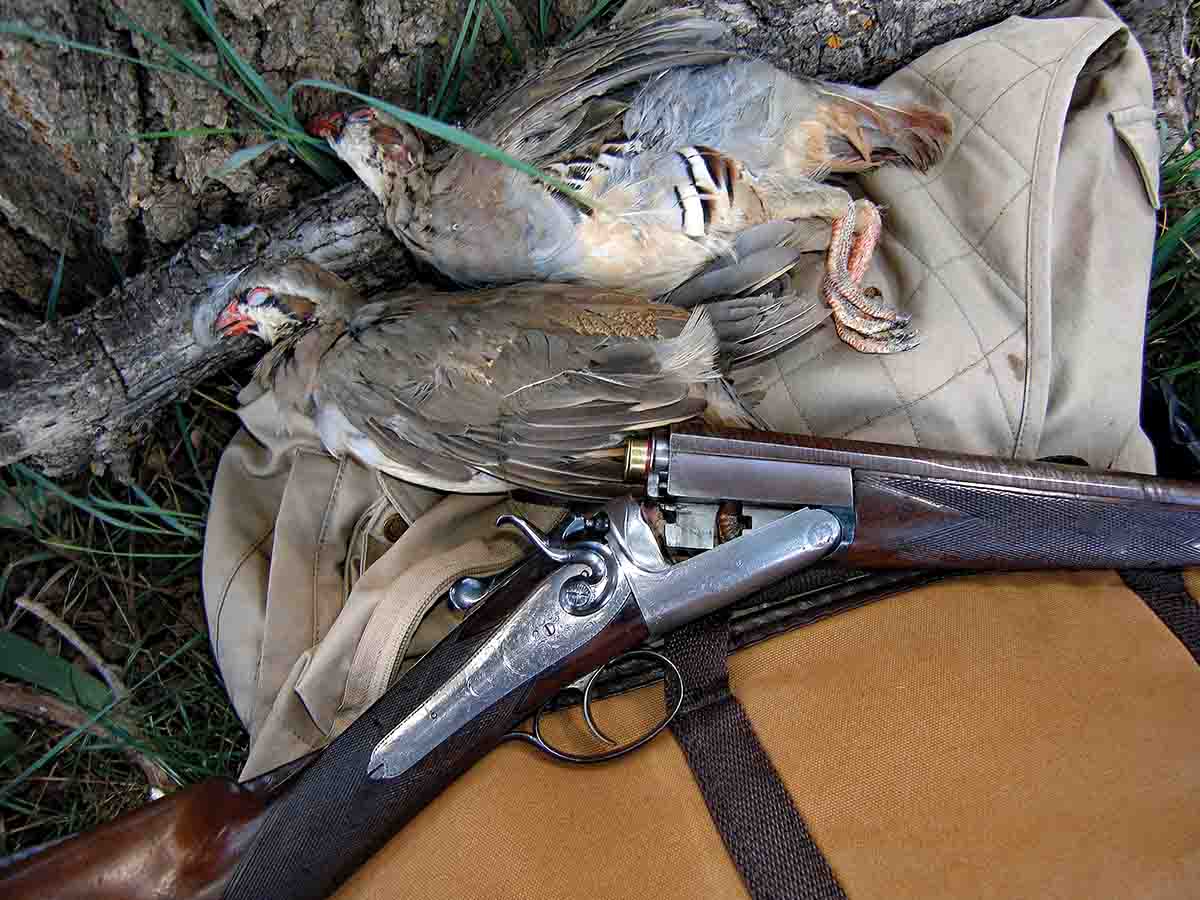
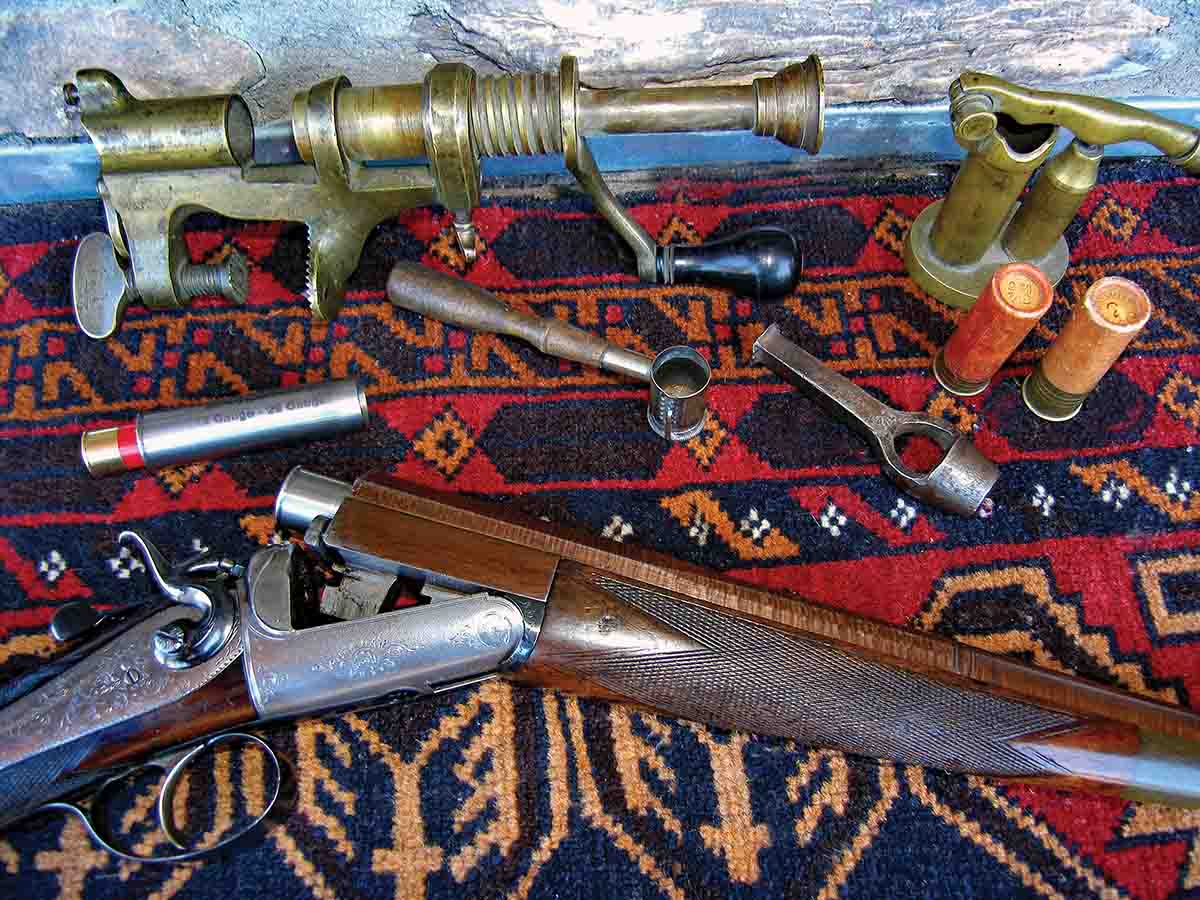
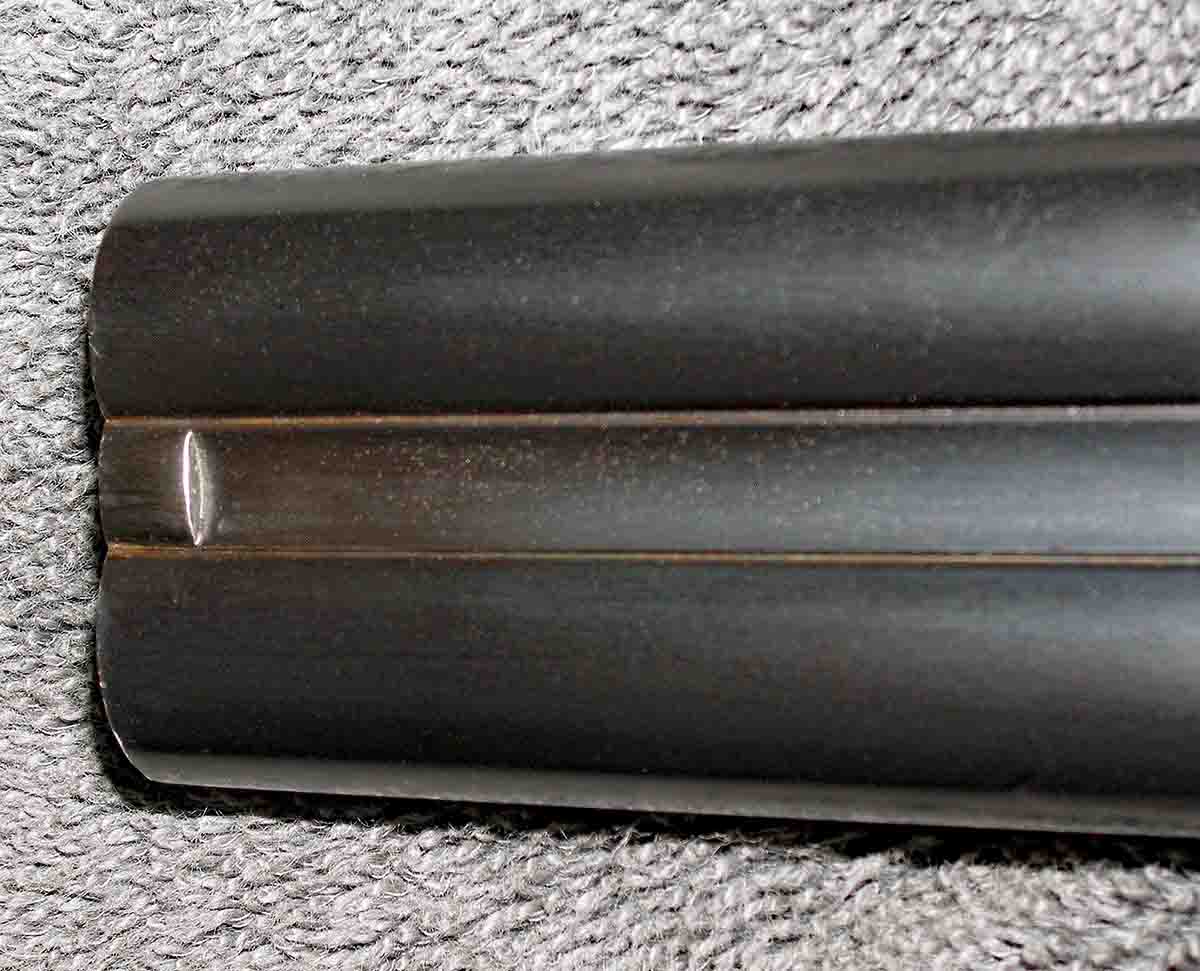
This Manton fowler has a 14½-inch length of pull; weighs 5 pounds, 13 ounces and displays a lovely browned, 12-gauge twist steel barrel. It is 23¼ inches round, tapering down to three “wedding bands” 5⁄8 inch wide that are joined to 77⁄8 inches of octagon barrel up to the standing breech. The location of an original barrel tenon, from its life as a muzzleloader, is still visible on the bottom flat. The original Manton back action lock utilizes Stanton’s rebounding system and now sports a side hammer suitably angled inward to strike the cartridge firing pin, which is spring-loaded for retraction.
George E. Lewis appears to have retained the original Manton buttstock, lock, trigger mechanism and trigger guard and grafted them onto the cast steel receiver, which could have been obtained from Webley and Scott, who were widely regarded as “gunmakers to the gunmakers.” Lewis himself established his business in Birmingham in 1850, while the percussion ignition system was still very much in use. However, by 1861, various centerfire systems were available, and this gun bears Birmingham proofs for 2½-inch, three-dram black powder cartridges with up to 11⁄8 ounces of shot.
As can be seen in the initial photograph, it is effective on chukar, with a choke constriction midway between Improved Cylinder and Modified; Light Modified, if you will. Cartridges used were RST 2½-inch, Number 5s or WW 28-gauge shells in the 12- to 28-gauge chamber inserts.
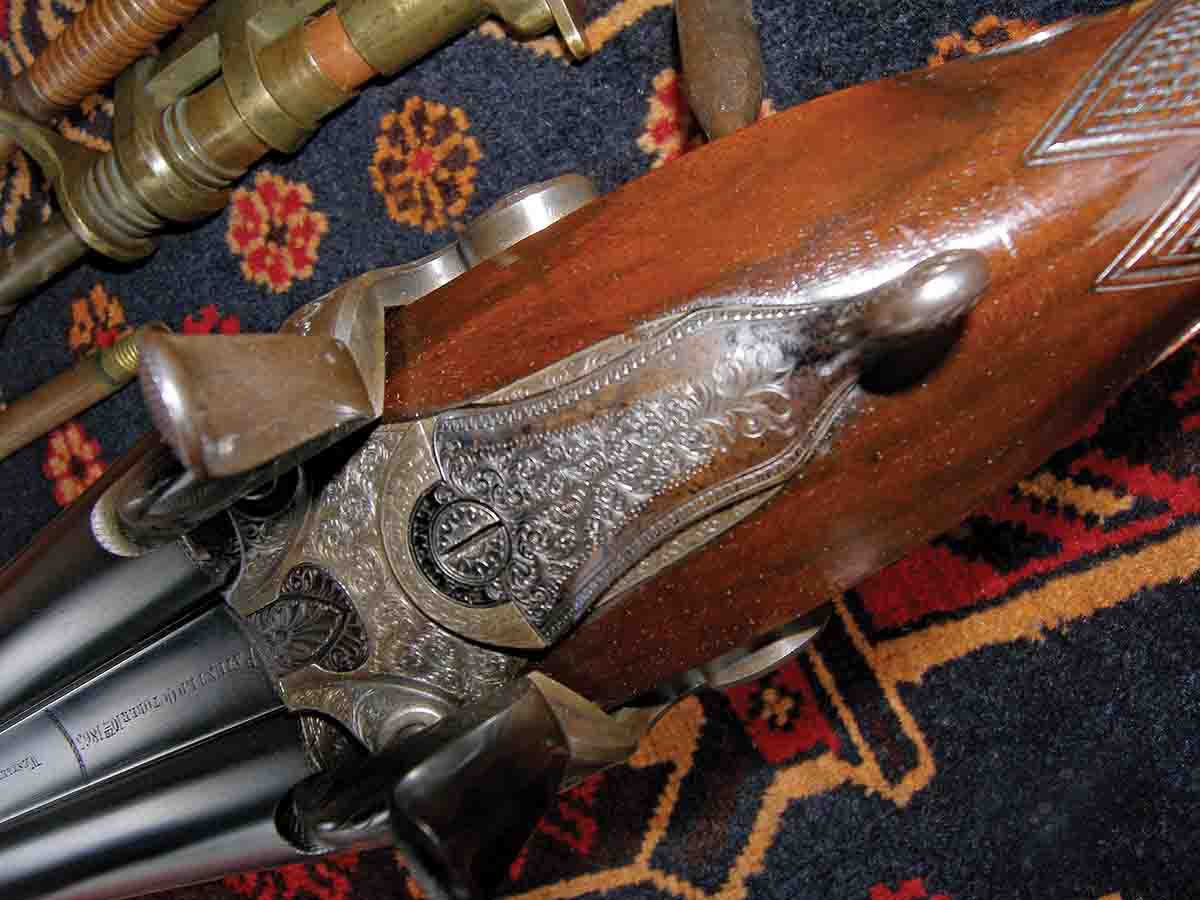
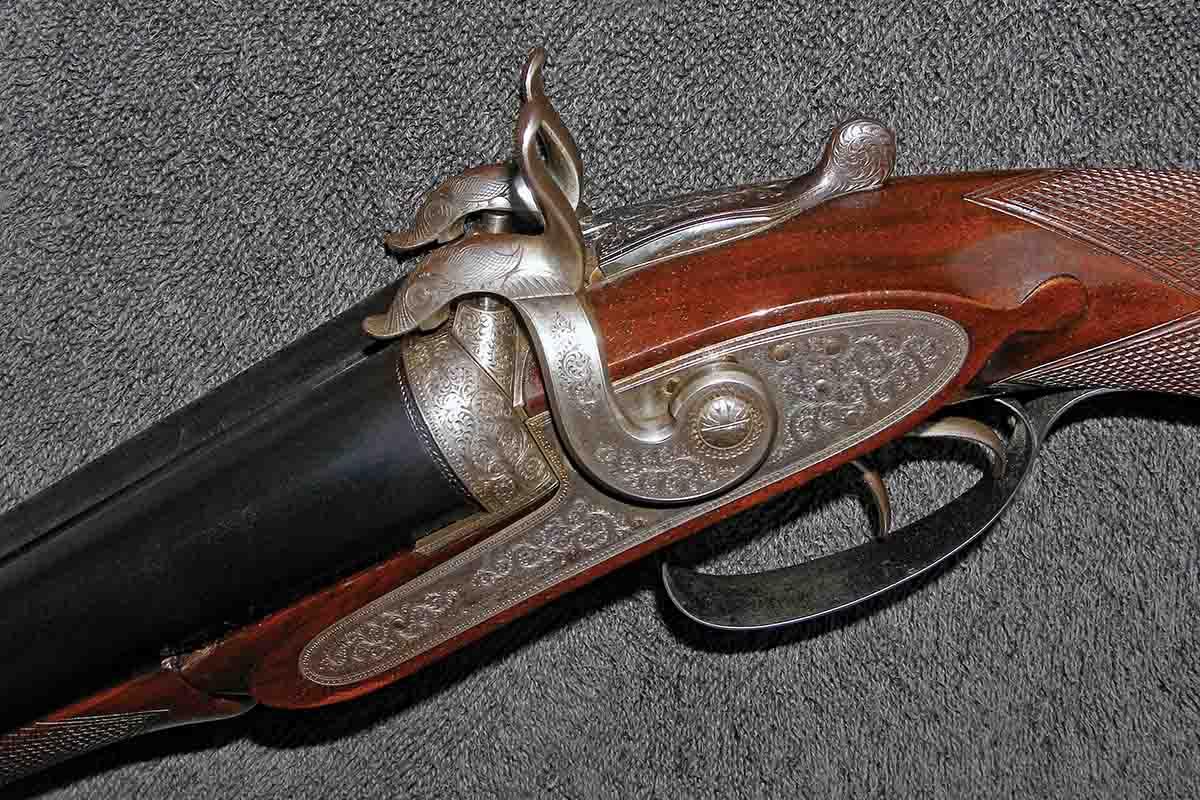
The bar action locks are unchanged from muzzleloader use and differ only in having elegant hammers that could strike a percussion cap, pinfire pin, or centerfire cartridge. They reside in a wooden stock that could have been for a muzzleloading gun, but has been modified for breech loading with the aptly named “crab knuckle” joint.
Westley Richards celebrated its 200th anniversary in 2012, having been founded by William Westley Richards (1788 to 1865) outside the gun quarter in Birmingham, England, but with a showroom in fashionable London, where the “well-to-do” shopped. This gun was bought by William Spencer & Co. September 19, 1874.
Acknowledgments:
Ron Peterson, of Ron Peterson Antiques in Albuquerque, New Mexico, for access to his Westley Richards pinfire and “muzzleloader converted to centerfire” shotguns.


